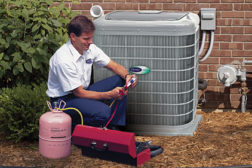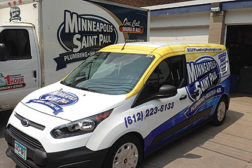Home » HVAC sales
Articles Tagged with ''HVAC sales''
Study Forecasts 2019 and 2024 by Fuel Type, Equipment Type, and Market
Read More
Minnesota Contractor Capitalizes on New Talent and Technology
Minneapolis Saint Paul Plumbing, Heating & Air Goes Paperless, Increases Efficiency
Read More
New Systems Debut in Time for Summer
2015 New Residential Product Roundup for HVACR Contractors
April 13, 2015
The First Steps in Starting Your Own HVAC Business
Avoid Common Pitfalls and Seek Support for Success
Read More
March 30, 2015: US Demand for HVAC Equipment to Reach $20.4 Billion by 2019
Advances Will Be the Result of Robust Gains in Building Construction Spending
March 30, 2015
HVAC Supports Small Business Tax Relief Bill
HR 636 Would Allow HVAC Companies to Expense $500,000 in Depreciable Business Property
Read More
Copyright ©2024. All Rights Reserved BNP Media.
Design, CMS, Hosting & Web Development :: ePublishing














